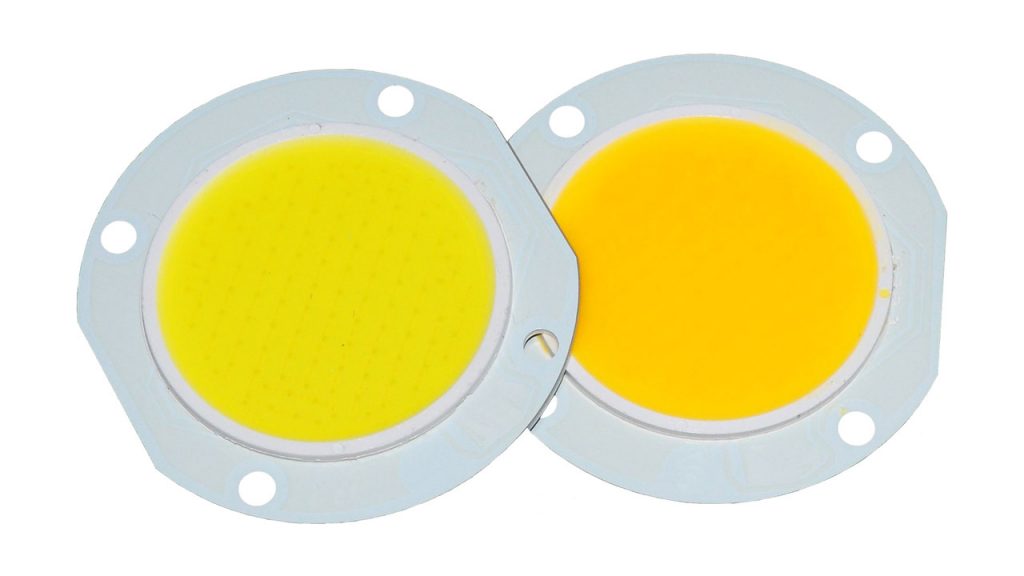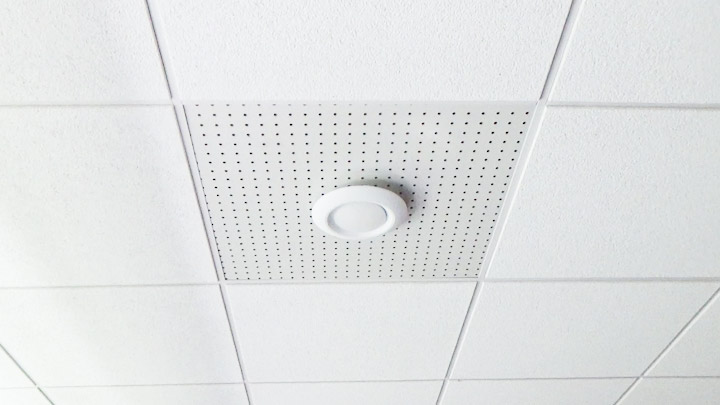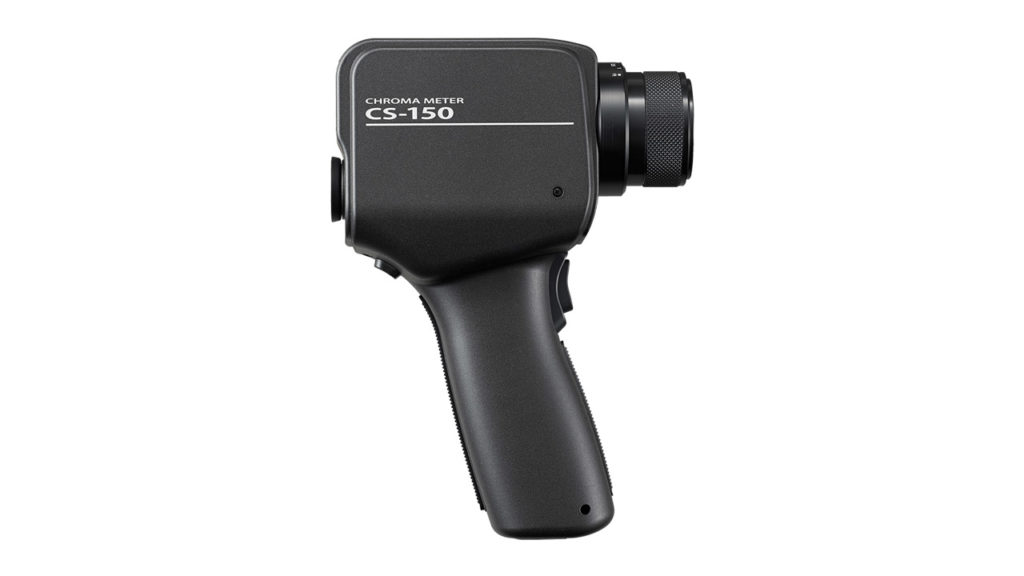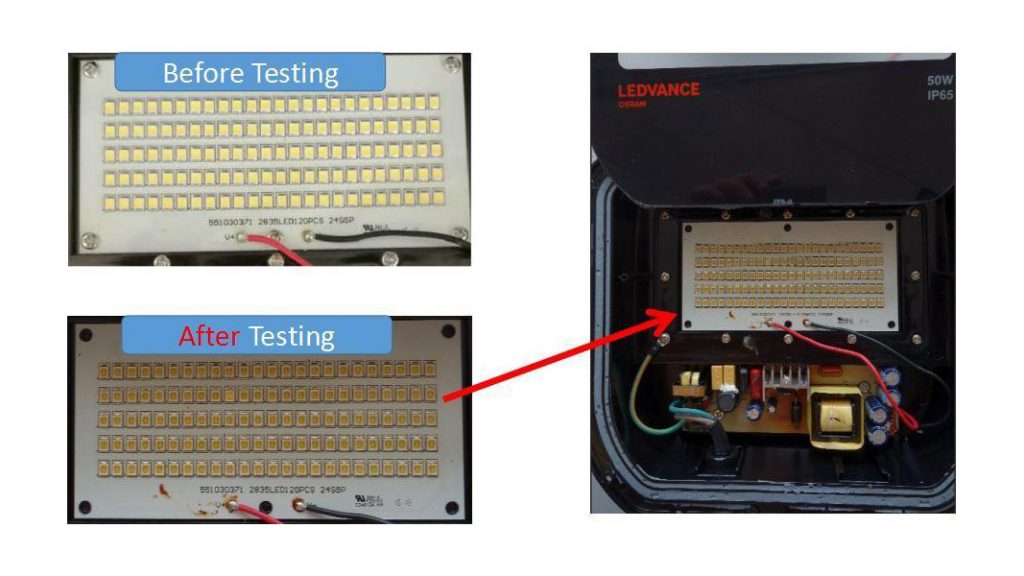COB LEDs Make LED Lighting Brighter, Simpler & Lower-Priced
COB technology has helped in removing the deficiencies of SMD technology, paving way for better, cheaper and brighter LED lighting. This new technology for LED packaging has a number of benefits like homogenous luminosity, ability to spread light across a large area, energy efficiency, compactness and effective thermal management.

Over the past few years, chip on board package (COB) LEDs have fast emerged as one of the chief trends in the lighting industry.
COB is a bare-chip technology used in LED lighting. The lighting unit for a COB LED is carried out by placing numerous LED chips within a small area. It paves way for numerous LED chips to be mounted on the substrate in order to form an LED array in one lighting unit.
This new technology for LED packaging has a number of benefits like homogenous luminosity, ability to spread light across a large area, energy efficiency, compactness and effective thermal management.
All such benefits have contributed in the popularity of COB LEDs across the industry. In addition, this innovative technology is extremely easy to use, which further helps to simplify designing modern LED lighting products, and reduce time to market.
COB LEDs can be referred to as enhanced version of surface mounted device (SMD) LEDs, and hence, they are blessed with a large number of advantages.
Just as SMD technology shrunk LEDs, COB LEDs shrink them even further to even less than a millimetre thick
COB LEDs are usually bigger than SMDs and range from a few millimetres to a few centimetres square.
Rather than being soldered onto a PCB like SMD modules, COB LEDs are attached directly to a heatsink, generating better thermal performance.
COB LEDs forego the standardized packaging of SMD LEDs in search for better thermal efficiency and lumen density.
Wiring is extremely simple with just two contacts on each COB array.
In short, COB technology has helped in removing the deficiencies of SMD technology, paving way for better, cheaper and brighter LED lighting.
With COB technology, LEDs are now efficiently replacing conventional spot light sources. Individual SMD LEDs normally don’t produce sufficient light to power a luminaire, so numerous LEDs need to be joined in an array, with optics to diffuse the light. Eventually this light is still not an ideal spot source.
As against this, COB LEDs consist of uniform light emitting surface (LES) which makes them an apt replacement for conventional spot sources like downlights, bay lights and floodlights. In addition, CoB LEDs are blessed with more consistent color temperature as compared to luminaires made with multiple discrete LEDs. Ultimately, with more luminous output from a smaller area as against a group of SMD LEDs, COB lights produce tighter beam angle, and are more space efficient as well.
COB LEDs produce homogenous light from a single source, facilitating simpler optical design for enhanced efficiency. As against this, SMD luminaires will typically custom optics. There are some important considerations for COB luminaire designs and these are:
Electrical: COB LEDs are powered with an external LED driver that gives a steady current power supply. Selecting the apt driver for COB designs is usually very simple as there is only one LED to drive. In addition, driver compatibility tables are readily obtainable for popular COB models.
Thermal: In COB, the die is attached directly to the substrate, which is mounted directly to the heat sink along with a thermal interface material. This design helps to enhance thermal performance compared to SMD LEDs which are removed from the heat sink by their packaging and a relatively thicker PCB layer.
Optics: In COB LEDs, there are two kinds of optics, which include diverging optics and collimating optics. While diverging optics creates a wider beam than the source, collimating optics create a narrower beam. As a flat light source with a wide Lambertian light distribution, COB lights generally require collimating optics. The optics not only narrows the beam angle but also control light distribution to better suit the application.
The advantages of COB LEDs surpass high quality and affordable illumination. A number of standard lighting applications can be powered by a single COB array, significantly simplifying luminaire design and assembly. By foregoing the standardized packaging limitations of SMD LEDs, COB technology has accomplished higher lumen density while cutting material costs.
BizLED Magazine






